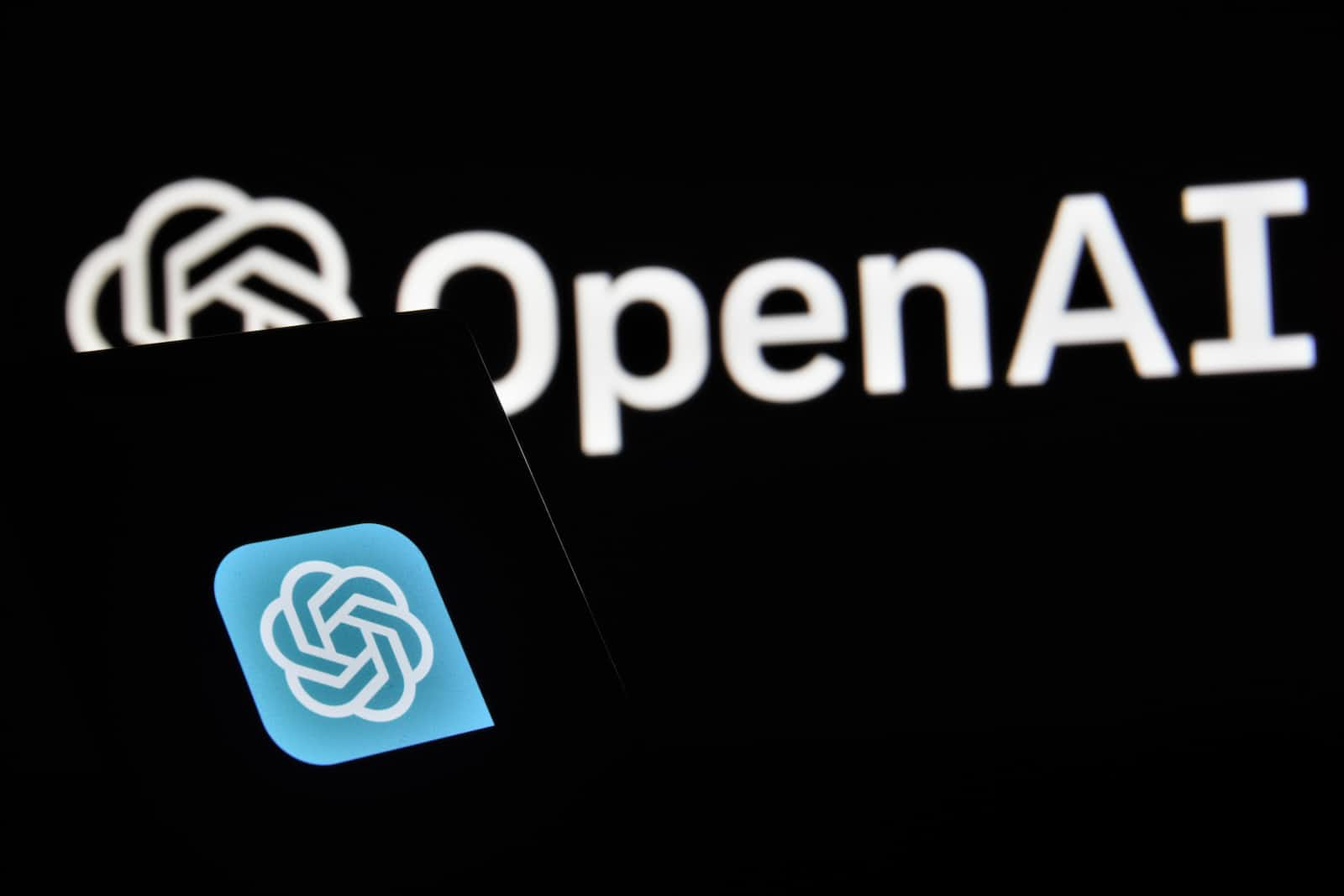Review of Undetectable.ai
 Pratik M
Pratik M
The rise of AI content creators like ChatGPT has sparked growing concerns around identifying and flagging machine-generated text. In response, various "AI detectors" have emerged to analyze writing and predict if it came from a human or an artificial intelligence. This poses a challenge for content creators who leverage AI tools in their workflow but still want their writing to feel authentic to readers.
Enter Undetectable.ai - a service that promises to make AI-assisted content pass smoothly through detectors while maintaining quality and consistency.
In this Undetectable.ai review, we'll analyze its capabilities for "unlocking authenticity" and examine the bigger picture around AI transparency.
Overview of Undetectable.ai
Undetectable.ai aims to make content generated with the help of AI tools like ChatGPT appear more human-like to get past plagiarism checkers and detection platforms.
It works by taking AI-written text as input and going through multiple revision stages:
Rephrasing sentences
Simplifying verbose passages
Adding intentional errors
Improving logical flow
This process removes the mechanistic patterns that detectors key in on so the output reads like something a human would write.
The service offers both an API for developers as well as a web interface where you can paste text for revision. You can customize settings like desired reading level and tone. Pricing starts at $30 per month for individuals up to custom enterprise plans.
Assessing Undetectable.ai's Effectiveness
How well does Undetectable.ai actually work for evading detection while maintaining quality? User reviews provide mixed feedback:
The Good
Output is rewritten enough to potentially bypass plagiarism checkers in some cases, especially short segments.
The revised text does seem more conversational and less robotic in tone compared to raw AI-generated content.
Customization settings allow tweaking revisions to better match your existing human-written work.
The Bad
For longer content like full articles, some key identifiers of AI text remain which detectors still pick up on.
While it improves logical flow, transitions between topics can still feel disjointed.
The quality and coherence tend to decline the more revisions are applied.
Overall, Undetectable.ai appears capable of bypassing some detectors some of the time, particularly with short text snippets. But for longer content, human oversight and editing is still required to craft truly convincing and smooth narratives.
Ethical Considerations of AI Content Authenticity
While services like Undetectable.ai promise to make AI content pass detection checks, this raises ethical questions around disclosure and authenticity:
Is it right to use AI-generated text while hiding the fact it involved automation?
Does "unlocking authenticity" simply mean making AI content seem real when it is still artificial?
How will unaware audiences react if they feel they were tricked by machine-assisted writing and passed off as human?
Maintaining transparency is crucial even when leveraging AI as a content creation tool. Here are some ethical ways to incorporate AI while respecting your audience:
Disclose if a piece involved AI generation even if edited by a human afterwards.
Focus AI on drafts and outlines, not final published works.
Limit AI assistance to background research rather than actual writing.
Ensure there is substantive human oversight and editing for coherence and accuracy.
Require staff to understand and consent to any AI usage as part of workflows.
Specify if user-generated content incorporates AI help and check that it meets guidelines.
Avoid contexts like journalism where credibility depends on pure human creation.
Develop clear organization policies and training around ethical AI content practices.
With thoughtful frameworks, AI can augment rather than replace human creativity.
Striking the Balance With Responsible AI Usage
Services like Undetectable.ai will likely improve, posing challenges for detectors. But human-in-the-loop frameworks are still essential for:
Nuanced ideas and arguments that evolve past an initial prompt.
Truly cohesive narratives from start to finish.
In-depth expertise on topics that AI lacks context for.
Wisdom to make sound judgment calls on what is proper to publish.
Responsibility and care for how content affects communities and people.
These factors limit over-reliance on AI for final content while allowing it to assist where most helpful. Some best practices include:
Being upfront when AI is used even if revised heavily after.
Requiring human approval and editing of any program-generated drafts before publishing.
Having experienced editors provide guidance to entry-level staff on proper AI incorporation.
Using AI for research and ideation but human teams for drafting core content.
Developing organizational principles for AI ethics in coordination with legal/compliance.
With the right policies and transparency, AI can open new doors in content creation without compromising human oversight and ethics.
Conclusion
Tools like Undetectable.ai signal a new phase where quality AI-generated content challenges the line between human and machine writing. While advances around bypassing detection will continue, maintaining authenticity requires responsible AI adoption and ethics as much as technical workarounds.
With transparency and substantive human involvement, organizations can tap into AI’s potential while producing content that resonates authentically with audiences. Those maintaining high standards now will build trust and loyalty over the long term even as AI capabilities expand.
Subscribe to my newsletter
Read articles from Pratik M directly inside your inbox. Subscribe to the newsletter, and don't miss out.
Written by

Pratik M
Pratik M
As an experienced Linux user and no-code app developer, I enjoy using the latest tools to create efficient and innovative small apps. Although coding is my hobby, I still love using AI tools and no-code platforms.